So, WRC rally racing vs. F1, which is more demanding? Which drivers are better, and why discipline switching is a popular option but often fails to deliver for even the best racers? Let’s delve into the details.
The youngest FIA World Rally Championship winner and two-time World Champion, Kalle Rovanperä, wants to test his skills and move from rally racing to Formula 1. But that is not all, as Rovanperä also wants to try his hand at the 24 Hours of Le Mans. What a daredevil! He is not first nor the last, but shifting between WRC and F1; however, vice versa is more than switching from skiing to boarding. The drivers must be the fastest in each one. However, the ways are different.
WRC Rally Racing vs. F1: How Different Are The Disciplines?
At first glance, Rally racing looks like a challenge with more stamina required, but the total distance that Formula 1 drivers pass is still longer.
Also, the rally lasts all day. Drivers complete 3-5 stages with breaks each day of the rally racing event.
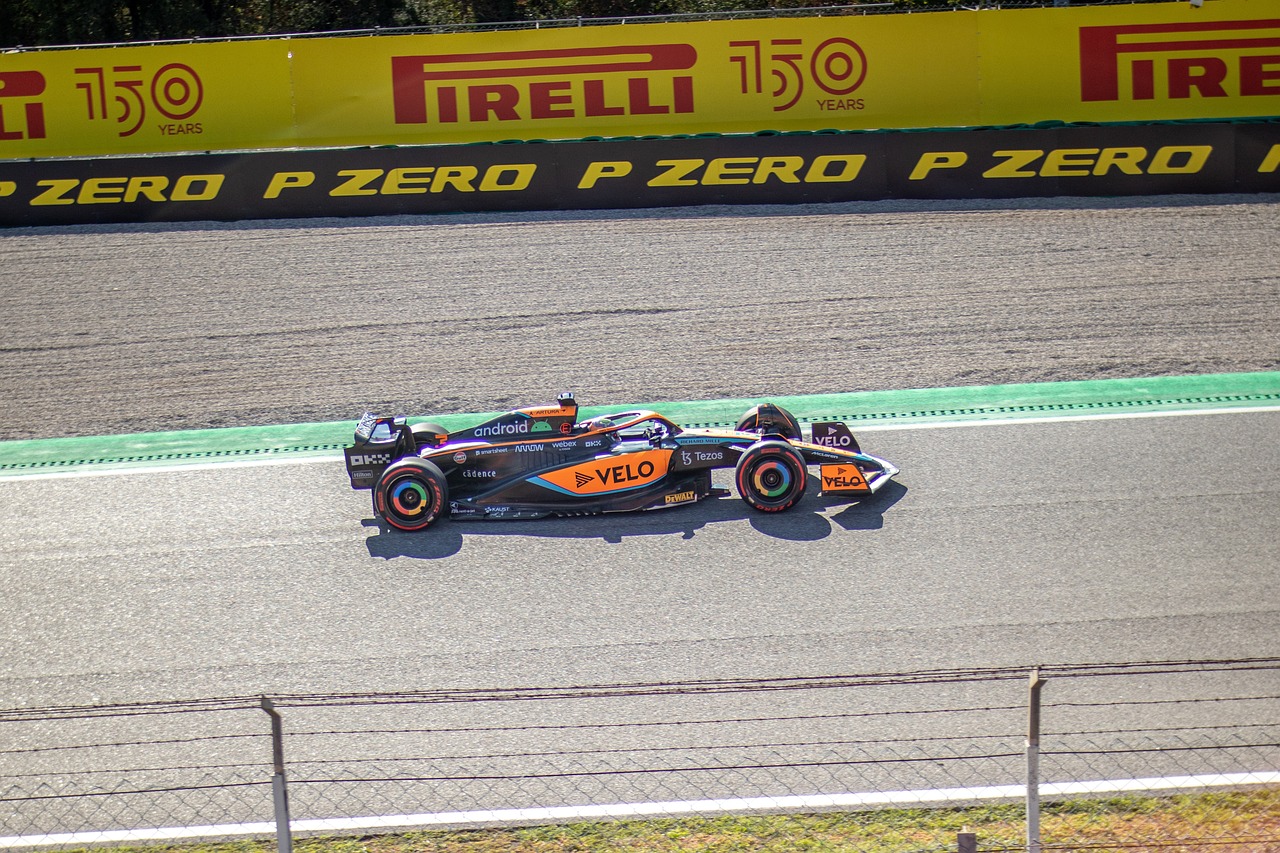
Formula 1
- Open-wheel racing.
- Specific racing circuit.
- 3-day event: Friday-Sunday.
- 1-2 events daily.
- 360 km (450 with sprint), with 310 km distance for the longest day – race.
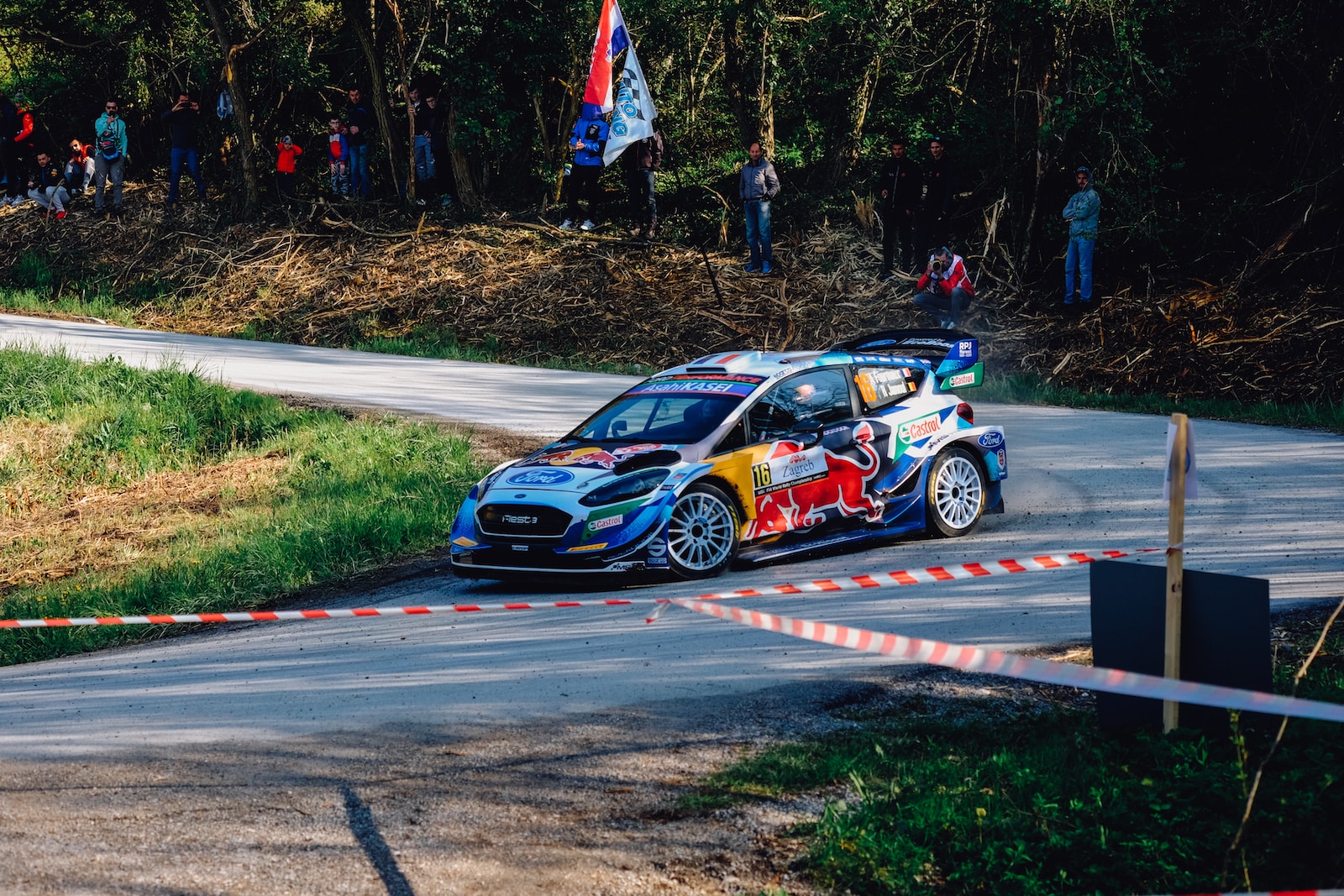
WRC
- Closed-wheel racing.
- Closed public roads.
- 5-day event: Wednesday – Sunday.
- 3-5 Special stages daily.
- 350 km, with a 200 km distance as the longest day.
Switching from WRC to Formula 1 means the driver needs a different approach to racing.
So, there is no additional time for preparation in Formula 1. Without any insights, the racer rushes to work in practice and shows the result in qualifying to finish in points during the race.
Vice versa, being ready to show the results fast, the F1 driver pushes the maximum as fast as getting exhausted without power to continue the pace in the following few days.
To conclude the championship comparison between Rally Racing and F1, the WRC is a long game, while Formula 1 is a quick sprint to get the maximum result. However, the difference goes far beyond the racing format, as the cars are contrasting.
Formula 1 vs. Rally car
The WRC rally cars are not like their Formula 1 counterparts, which are faster in all respects. The difference in speed is evident, as the top speed in WRC is even lower than the average in F1.
But half a century ago, the speed difference between these disciplines was less. Furthermore, rally vehicles were as fast as F1 cars. In their heyday, Group B reached 300 km/h, which wasn’t its limit but the reason to ban the type from the championship.
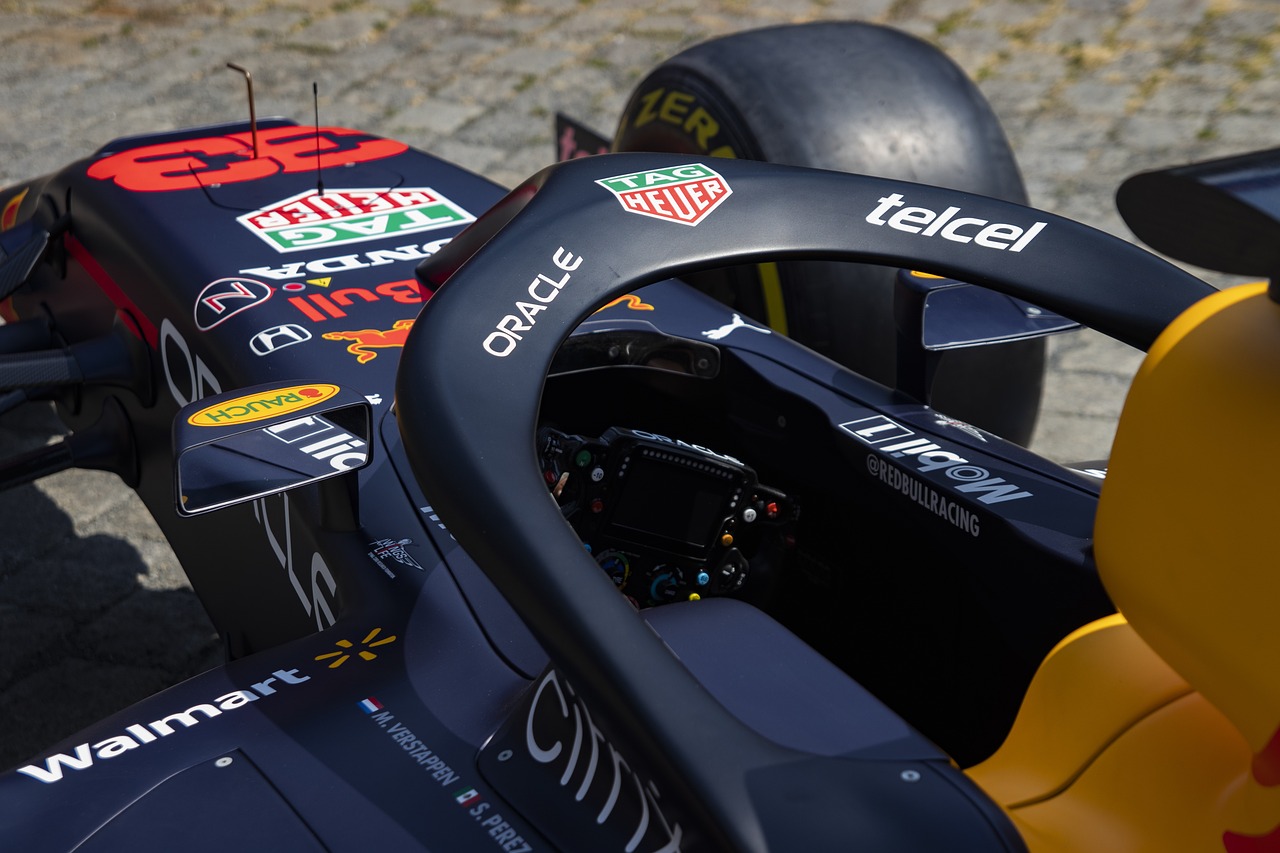
Formula 1 Car
- One-seater.
- RWD
- Average speed – 250 km/h
- Maximal speed – 373 km/h (Bottas 2016 Mexican Grand Prix)
- Acceleration: 0–100 km/h in 2.6 seconds
- G-loads: 6GS
- Engine power: 830 hp.
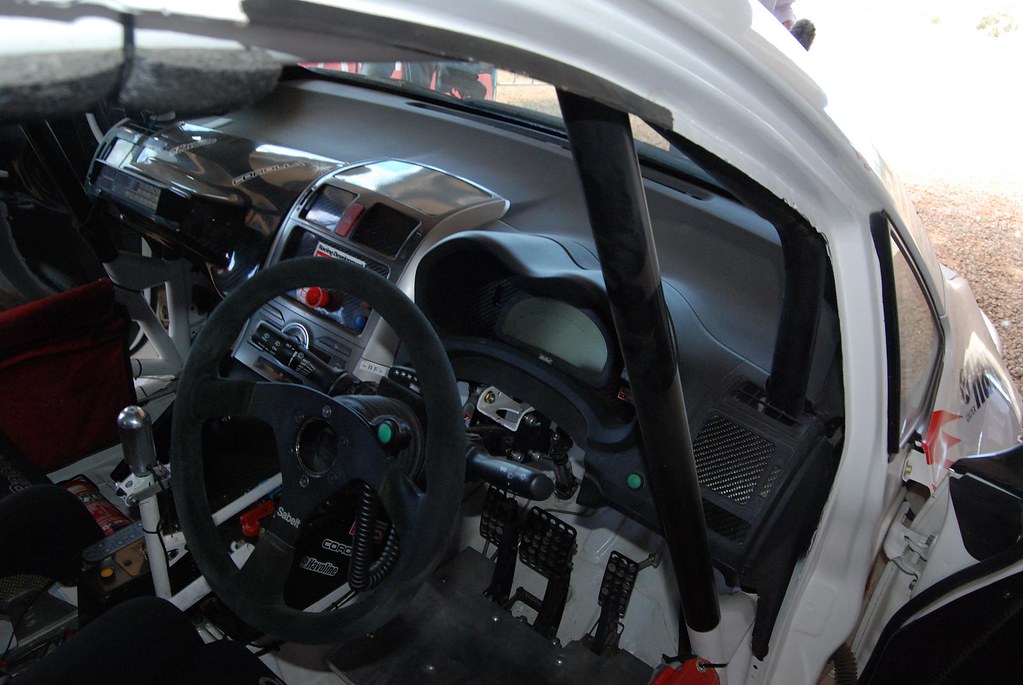
WRC Rally1 Car
- Two-seater.
- 4WD
- Average speed – 125 km/h
- Maximal speed- 200km/h (Rally Sweden 2023)
- Acceleration: 0-100 km/h for 3,5 seconds
- G-loads: 3GS
- Engine power: 500 hp.
Therefore, changing seats from WRC to a Formula 1 car is stressful for a rally driver because the vehicle is faster and more powerful, resulting in being unruly enough to fail soon.
However, vice versa, a rally car seems to be more obedient for the professional F1 driver. However, it is always an illusion in most cases because its real power is unleashed during the route it passes.
Rally Racing vs. F1: Which Is Harder?
Most experts and the F1 drivers agree the rally is more challenging. Why? Rally-old fans point to a few significant reasons.
The first is about priority. In Formula 1, the driver relies on the car, team strategy, and personal skills to drive.
Additionally, in the WRC rally, the driver depends on his teammate – the co-driver, who reads the pace notes when they pass the stage.
The second reason lies in the wide range of racing conditions. With changing weather, course, layouts, and surfaces, each turn on the route in WRC is unique. Therefore, rallying is about mastering the skills of driving a sports car.
In contrast, Formula 1 is about racing on a regulated circuit, where the conditions may change, but in the range from sun to rain.
Therefore, a driver’s success moving from WRC to F1 or vice versa depends entirely on their personal experience and driving skills. As for the skills, let’s look at the most required in both disciplines.
What Takes More Skill, F1 Or Rally?
The fundamental difference between rally and F1 drivers lies under two points: racing loads and tasking level.
F1 drivers experience most of their stress shortly due to the difference in speed, while rally racers have to endure the average high speed over a long distance, which can last 30 minutes.
Besides, it is not a secret Formula 1 is the top in terms of G-forces, which you can compare with cosmonautics. You can find out more in our detailed guide on F1 G-force.
Racing Loads in Formula 1 vs. Rally car
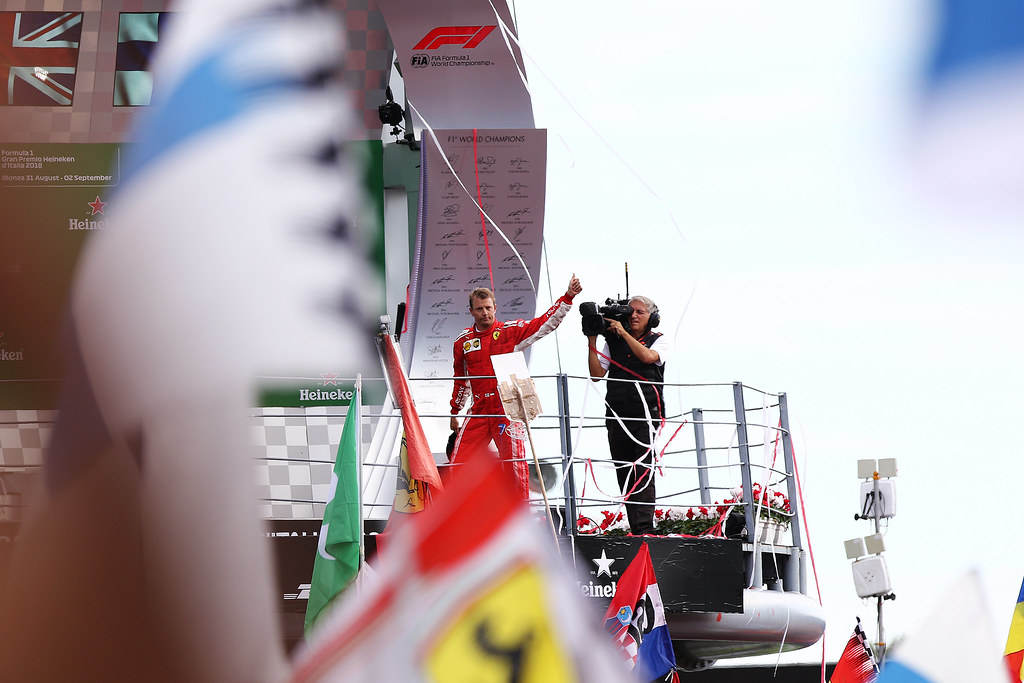
- Short-time tough loads
- Active steering: using the shift paddles about 50 times per race.
- High-speed loads. F1 drivers need the best acceleration of the car, while rally drivers need the best deceleration.
- Neck and legs
- Endured for the heat and tightness
- Driver focuses on the track line
- Strategic mind
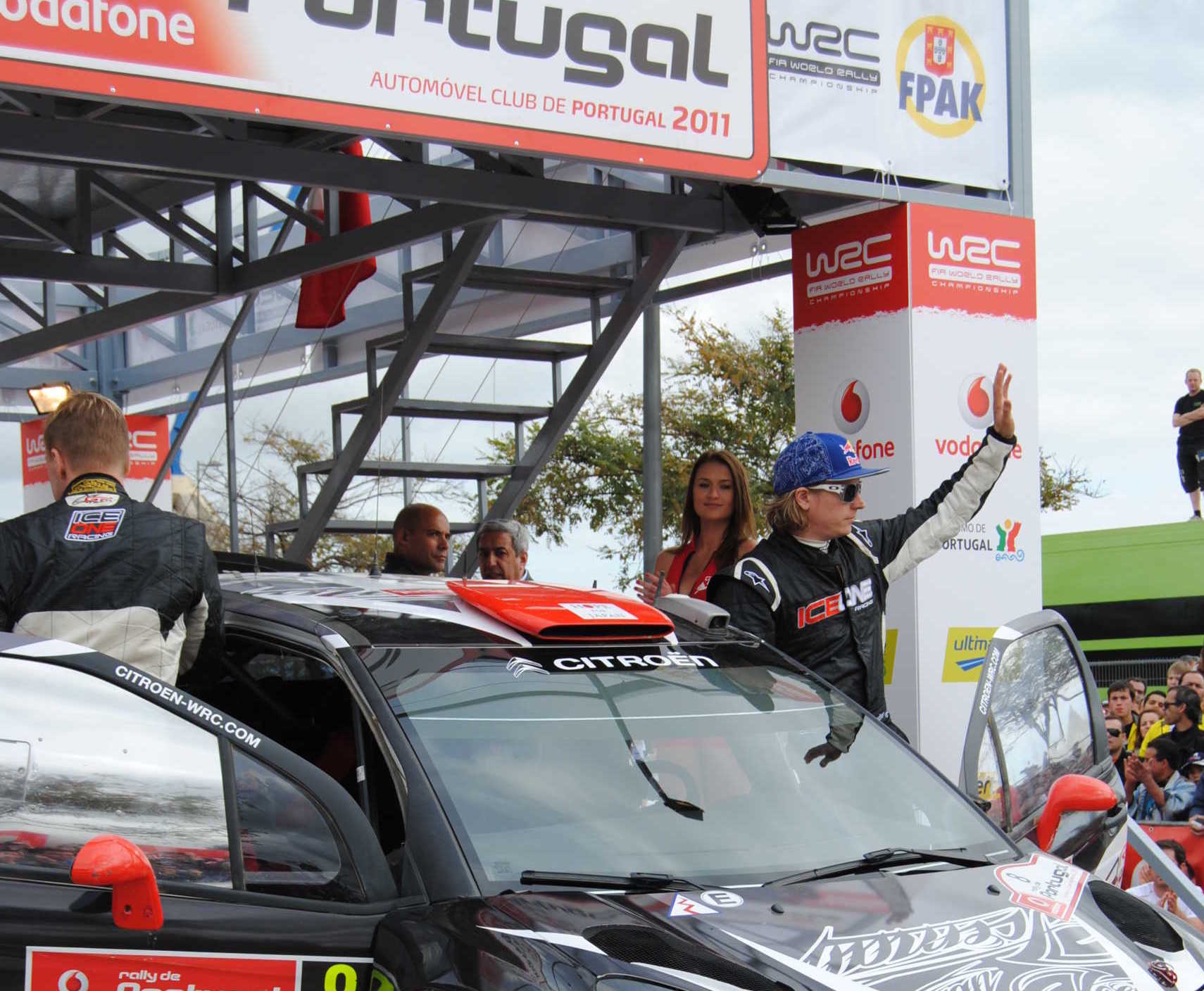
- Average-time tough loads.
- Active steering: wheel rotation and manual shifting of the stick sequential gearbox.
- High deceleration loads.
- Core and legs
- Endured for heat, cold, rain, and snow.
- Driver focuses on the conditions.
- Multitasking
Racing Approach in Rally vs. F1
The second point we figured out is the racing approach. The drivers in Formula 1 are mono-tasking, and some only, who have a multitasking mind, like Fernando Alonso or Kimi Raikkonen, have all the chance to be successful in rallying.
With the fastest car and ready strategy, an F1 racer tries all the skills, whether on straight or in turning traffic within the racing circuit.
But in rallying, the driver is multitasking. The racer depends on a co-driver and is responsible for being fast in different terrain, as the rallying route is a variety of surfaces, diverting from gravel to asphalt.
In rallying, there are no marshals to clear the track, compared with F1, and if a driver makes a puncture far from the service zone, he leaves the car and changes the tire by himself and co-driver only.
Therefore, a rally driver’s skills are the mastering to cope with all types of cornering, jumping, bad weather, flat tires, and rolling the car because each turn in rallying is unique and requires a distinctive approach while keeping in mind these factors are what rally driver does, and F1 driver doesn’t.
Furthermore, multitasking requires commitment and total trust inside the team, as often, the crew blindly passes to fast corners at full throttle. To convince the above, you can watch any Rally Finland.
Does it mean that rally takes more skill than F1? Yes and no.
Are Rally Drivers Better Than F1 Racers?
That’s the myth. Rally drivers are better on public roads, and it’s a fact. As the driving mastery, rallying is wider-ranging, while Formula 1 racing is about driving a specifically designed car.
To better understand the topic, think that the F1 and rally car are like ‘Lego.’
So, an F1 driver races the wheel of his already done composition, making a few settings, while in the rally, the athlete has to spend hours and even days to set his car right. Rally driver is like to be one of the designers.
Therefore, it is possible for less performed car wins, like Sebastien Loeb won Rally Monte Carlo 2021.
If you’re a fan of two championships, you know the names such as Kimi Räikkönen, Robert Kubica, Heikki Kovalainen, Mika Häkkinen, and even Max Verstappen’s father, Jos. They successfully shifted from Formula 1 to the WRC disciplines.
Being a Scuderia Ferrari F1 driver, Räikkönen reached fifth overall on Rally Turkey 2010 at the wheel of Citroën DS3 WRC. Kubica is the only F1 driver to win the WRC2 title in 2013.
However, how many rally drivers were victorious in Formula 1?
We know that Sebastien Ogier tested the Red Bull F1 car in 2017. The truth is that rumors often don’t get you far in negotiations. Maybe Kalle Rovanperä’s debut in Formula 1 will end with just talks.
Takeaways
The WRC rally drivers, even its best racers don’t race in Formula 1 because switching from WRC rally to Formula 1 in all cases isn’t successful, while their racers from F1 often start rallying.
Why so? The case is in the loads or G-forces – the main problems each athlete faces in motorsport, whether in F1 and WRC or even IndyCar and NASCAR. However, F1 drivers endure the most!
Loads are not bad nor good, but the sharp difference between Gs is the physical problem.
If we imagine g-forces in Formula 1 and rally, the load’s chart flow would look like this:
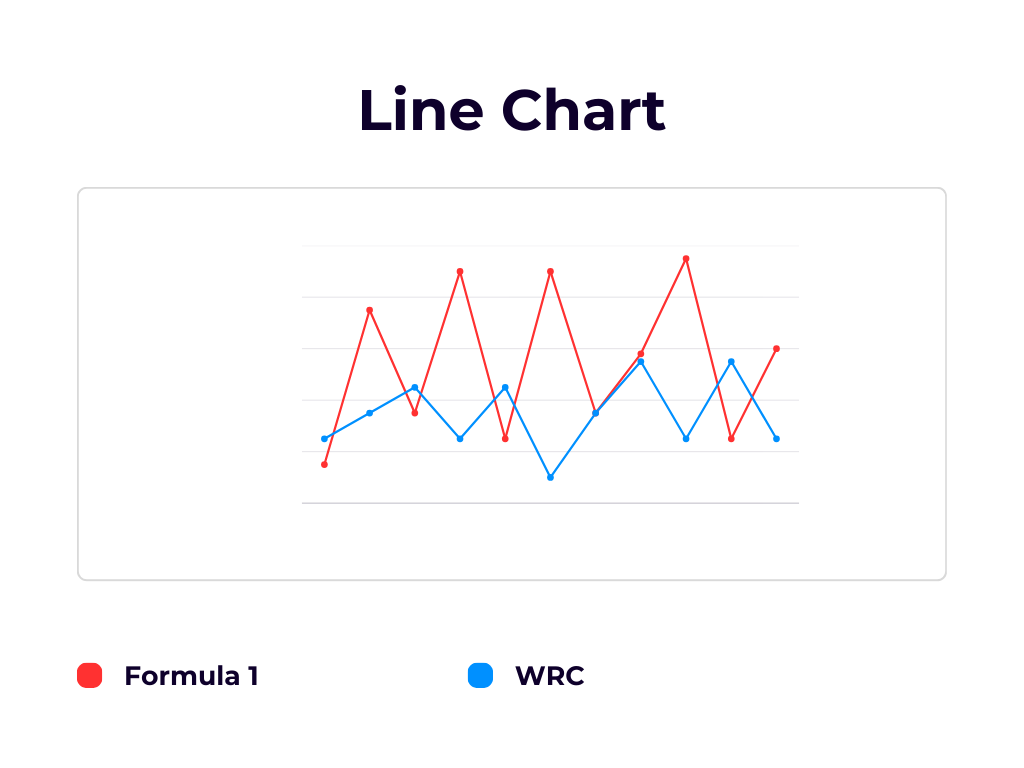
Therefore, F1 drivers can race in other disciplines after Formula 1 and even be successful, like Fernando Alonso, who won 24 Hours of Le Mans, or Juan Pablo Montoya, who switched to Nascar. However, the vice versa doesn’t work.
So, in comparison to Rally racing vs. F1, Formula 1 is harder than WRC due to the g-forces. However, the rally is harder than F1 when the case is about driving mastery.
References
- GPFans Joe Ellis ‘WRC champion hints at future F1 drive after Hakkinen, Coulthard meeting‘ (June 9, 2023) https://www.gpfans.com/en/f1-news/109150/kalle-rovanpera-wrc-f1-david-coulthard-mika-hakkinen/
- YouTube, Red Bull Rally ‘How Sebastien Loeb Actually Won Rallye Monte-Carlo‘ (2022) https://www.youtube.com/watch?v=hQ4qq-9OJNI
- YouTube,1 nternTalksWheel ‘Kimi Raikkonen’s Rally Career: REVISITED‘ (2023) https://www.youtube.com/watch?v=oUFCTdLYv6Y
- Autosport, David Evans ‘World Rally champion Sebastien Ogier tries Red Bull Formula 1 car‘ (July 19, 2017) https://www.autosport.com/f1/news/world-rally-champion-sebastien-ogier-tries-red-bull-formula-1-car-4999014/4999014/
- DirtFish, Luke Barry ‘TOP 5 WRC DEBUTS BY FORMULA 1 DRIVERS‘ (December 1, 2022) https://dirtfish.com/rally/wrc/top-5-wrc-debuts-by-formula-1-drivers/


Leave a Reply